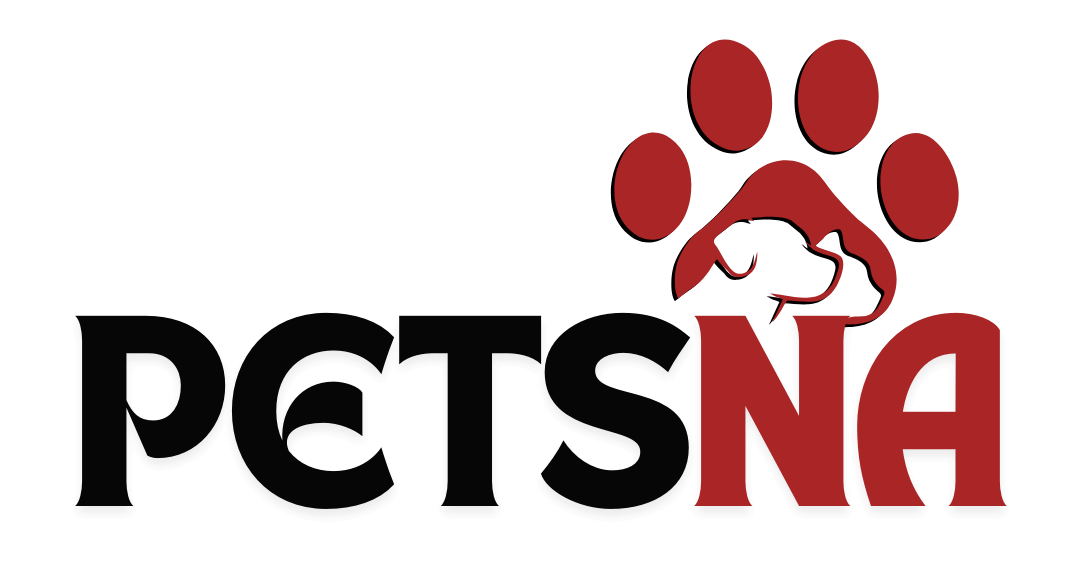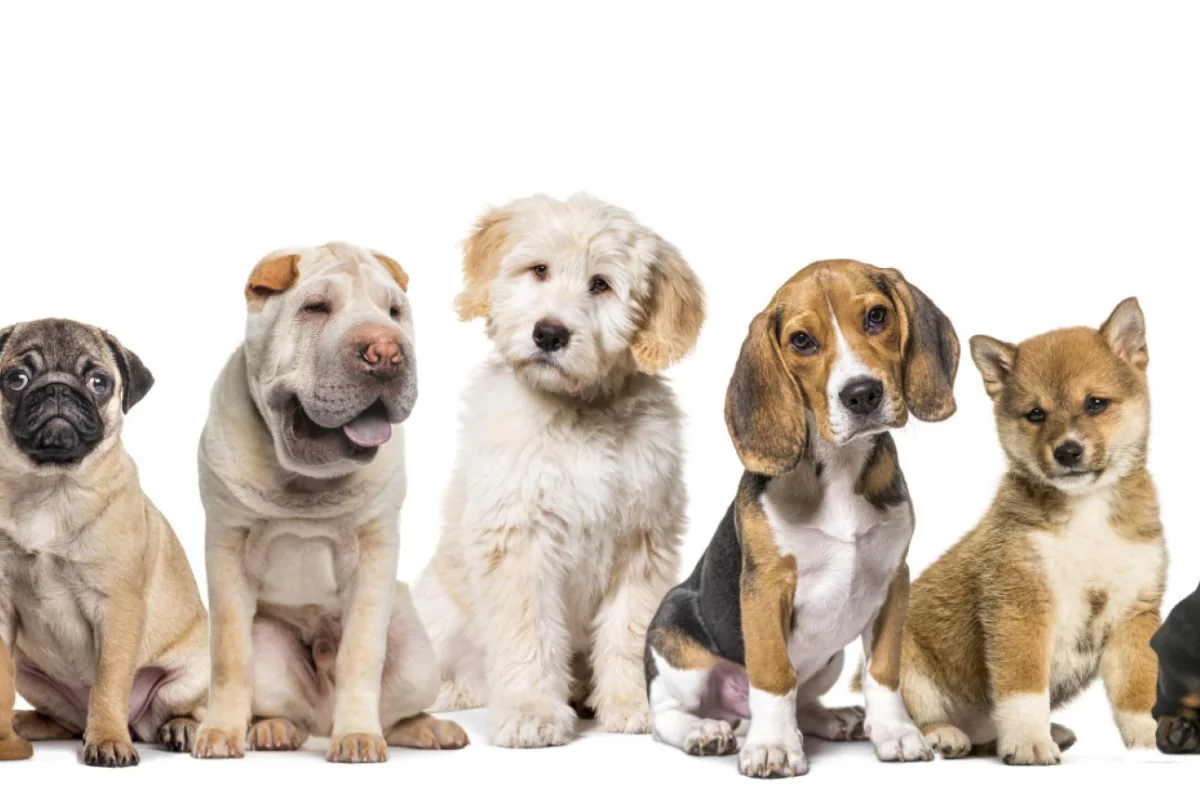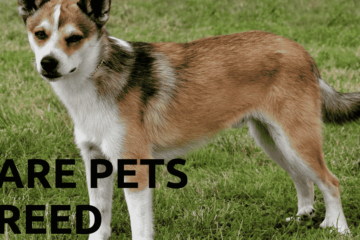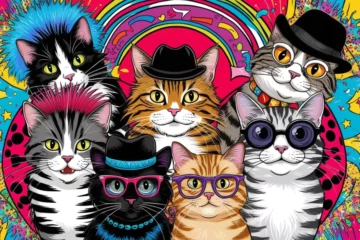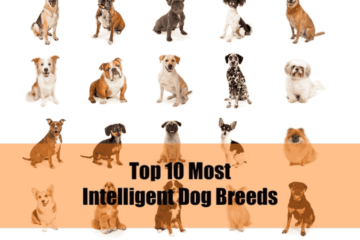Hello people! Do you know the best iconic dog breeds that drool the most? We all love drooling with our four-legged friends. While every dog can drip drool occasionally, some dogs have a reputation as the absolute slob. Whether it’s how they look at you or their utterly lovable personality, it is hard to resist the drool trail that follows these breeds just about wherever they go.
In this blog post, I’ll introduce you to 10 well-known drooling breeds with information regarding care, approval status, temperament, and history.
Let’s discuss it!
Table of Contents
Saint Bernard
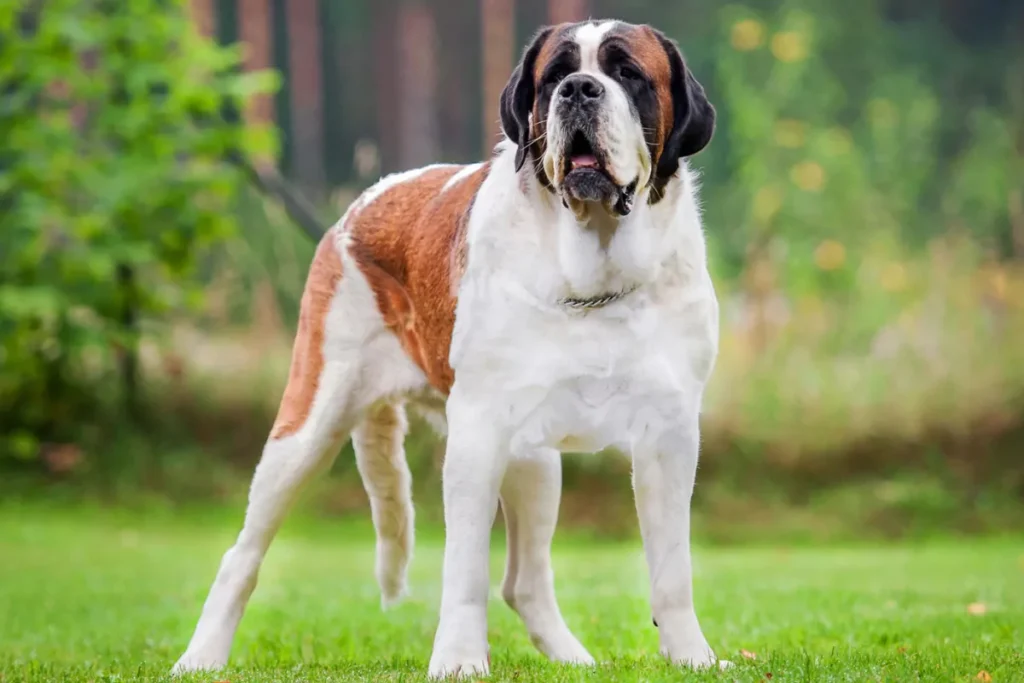
Overview
The Saint Bernard, big in size and tame in temperament, is the best-known drooling dog. These dogs were originally bred to do rescue work in the Swiss Alps due to their strength and ability to find ‘lost’ travelers.
Drooling Traits
Other large, loose lips leave their slobbering a mess with Saint Bernards. Their jowls are often heavy, meaning they dribble drool despite how excited they might be or how much they’re waiting for food. When hot weather makes them have to cool themselves, they tend to pant, setting off the drooling.
Care Tips
By cleaning regularly, their drooling may be controlled, but it does mean their living area has to be dry and hygienic. It also shields from drool messes because regular grooming helps, for example.
Newfoundland
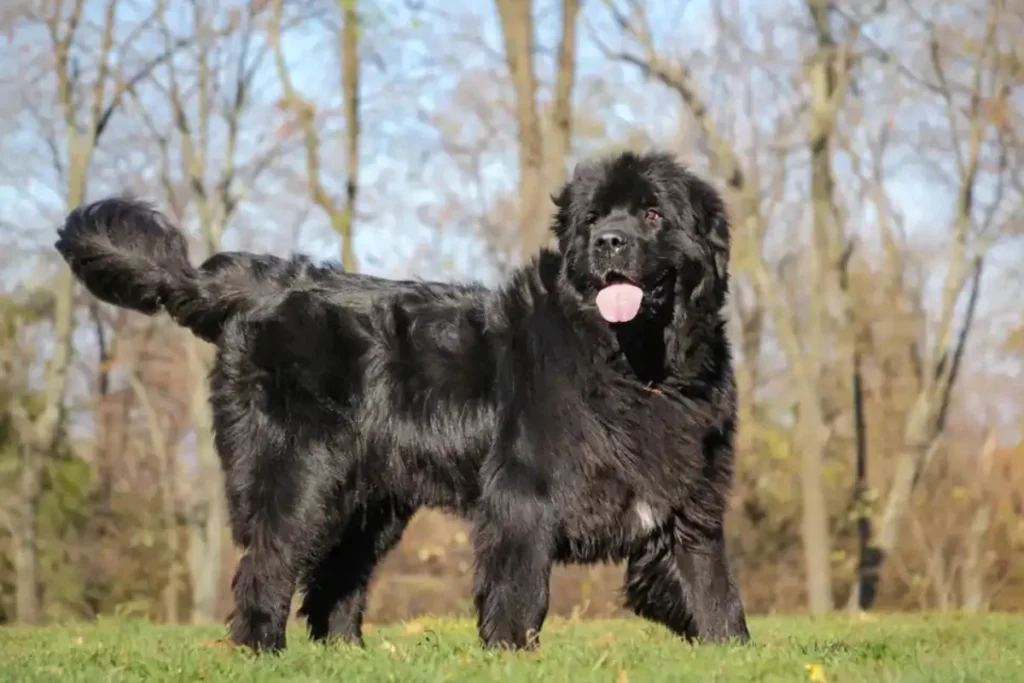
Overview
The Newfoundland is a giant dog with a cheery temperament, a good swimmer, and a famous licker. Newfoundlanders have originally bred a workindogsog for fishermen; they are excellent swimmers for water rescue.
Drooling Traits
They are water-resistant, with loose jowls and thick coats that tend to drool. They have a heavy build with big mouths and lots of saliva once a drink or meal is over.
Care Tips
Newfoundlands drool and need to have their thick coat groomed. Having a part of the house where the animals are fed helps keep the mess organized, and if you wipe their jowls often, it keeps them free from clutter.
Mastiff
Overview
These are one of the largest dog breeds, and they have been man’s companions for a long time. Their protective nature, loyalty, and occasionally gentle giant reputation make them known.
Drooling Traits
Mastiffs have these great big heads and loose skin, so they often drool. They can get you in a drippy situation, like during meals or when they’re excited because their jowls can gobble up moisture.
Care Tips
Just be prepared also to clean up his drool. We will support them by having a nice towel at hand, swiping jowls often, and giving them plenty of food and water.
Bulldog
Overview
Bulldogs can’t be beat; they look a certain way and have adorable personalities. If you look for loose skin and a wrinkly face, you’ll find them, but they are very kind and nice.
Drooling Traits
It’s natural for Bulldogs to drool, as their physicality doesn’t leave much room for restraint; loose skin and a short snout make it easy for froth to escape. They’re smaller than larger breeds and don’t drool much, but they do.
Care Tips
Frequently cleaning their facial wrinkles will help protect them from skin infections while managing their drool. A bib during mealtime may also help contain the mess.
Great Dane
Overview
Great Danes can be accredited to their size, as well as their friendly nature. As these dogs are affectionate, they are often called ‘gentle giants‘ and are good family pets.
Drooling Traits
Though Great Danes are often called large dogs, they are surprisingly graceful. However, they also have big mouths and slack lips that leave their mouths producing fairly substantial amounts of drool, mostly after feeding or drinking.
Care Tips
Drool can often be kept in check by regularly grooming the area around the mouth and cleaning frequently. You will also find elevated food and water bowls to reduce mess at mealtime.
Bloodhound
Overview
Bloodhounds are famous worldwide for the unique way they track heavily by smell. They are frequently bred to possess excellent, friendly, easy-going temperaments commonly used in search and rescue operations.
Drooling Traits
They have long ears and skin that tends to droop and drool. They can also tend to drool excessively because of their strong scent drive.
Care Tips
That being said, their droopy lips and ears should all be wiped regularly to keep them clean and dry. A consistent grooming routine will help you manage their drooling.
Portuguese Water Dog
Overview
The reputation for an intelligent, active dog is borne by the Portuguese Water Dog, which used to be bred to work on fishing boats. Usually hypoallergenic, they are good family pets.
Drooling Traits
Portuguese Water Dogs don’t drool to the extent of certain breeds but may drool when excited or afterward after drinking. Also, their coats are curly and can hold moisture.
Care Tips
Their coat and drool need regular grooming to stay to a minimum. If you keep their mess contained, they can be provided fresh water and a specific eating area.
The following video explains about Portuguese Water Dog:
Rottweiler
Overview
In regards to their strong, loyal, protective character. Bred in the first place for cattle herding and hauling carts, they’re smart and easy to train.
Drooling Traits
Although a nondrooling dog breed, Rottweilers can drool, especially if they are waiting for food or drinking water. Their strong jaws and loose lips are the cause of the drooling phenomenon.
Care Tips
They can be routinely cleaned of their feeding area to help minimize drooling, and their jowls can be wiped regularly. You’ll also want to offer a routine feeding schedule, which will help reduce drooling due to excitement.
Boxer
Overview
Boxers are very playful dogs who love to bounce and run around, and yes, they love their people very much. They are very loyal and make great family pets.
Drooling Traits
A boxer can drool because of excitement or hunger. They have strong jaws, loose lips, and splash-out slobber while enjoying the blood feed or any playtime.
Care Tips
Another useful tip is to have (and carry with you or near the cut flush) a towel to do quick cleanups. Drooling can be minimized by proper grooming and feeding in a particular place.
Basset Hound
Overview
In a breed of Basset Hounds, short legs and long ears distinguish. They are laid back, have an excellent sense of smell, and are friendly and easygoing.
Drooling Traits
That’s Basset Hounds; they’re pretty drolly dogs with loose skin and long, floppy ears. They tend to drool more when hungry or when excited.
Care Tips
Drool management is important to prevent infection, and the ears and fa should be regularly cleaned. A designated feeding area can contain the mess, too.
Conclusion
Other dog breeds just drool, and although it may not be for everyone, plenty of dog fanatics like the idea that it’s part of the whole package. Are you entranced by the lowbrow antics of a Boxer or the gentle giant of a Saint Bernard? Know the possibility of their drooling before signing on to love and froth. Caring for him well will contain the drool, and his drool can be included when he’s healthy and happy.
FAQ
1. However, why do specific dog breeds drool largely more than other dog breeds?
The anatomy of a dog, specifically your dog’s jaws and lips, will determine how much drool. Generally speaking, the breeds with more loose skin, big jowls, and shorter snouts are most likely to drool. Certain breeds naturally have too much saliva.
2. Do you have a question: how do I stop my dog drooling?
If you can keep on top of grooming (especially if you know what breed she is) and have designated areas where she eats and a bib or towel when she does eat, then with a combination of the above measures and good parenting, you should be able to control drooling to some extent. Of course, though, wiping their mouth and jowls often will keep it clean, too. You’ll have to keep your surfaces clean to try and avoid any hygiene issues caused by drooling.
3. Do people who drool suffer health problems?
Although drolling is normal, excessive drolling may indicate a dental infection problem or digestive problem. However, a sudden spike in drooling should get you to your veterinarian to look over your pet if they have any other symptoms, such as vomiting or lethargy.
4. Why were only some of the dogs from these breeds drooling?
Not every dog in a breed will drool that much. There is no standard for the amount of ‘how much’; it depends on the person’s anatomy, health, age, and excitement level. According to Spay and Save in Walnut Creek, California, this breed drools a lot; even other dogs in the same breed tend to drool more than others.
5. How do you deal with drool from your dog?
Lay down several paper towels or cloths around an area of the room where your dog should be eating or spending a great amount of time. Pet-friendly cleaners or mops can be used when cleaning drool stains off floor surfaces. Keep feeding areas clean, and give your dog a towel to wash her mouth afterward to eliminate the mess.
